FORWARD OPERATING BASE WARHORSE, Iraq - Clouds of thick green smoke billowed skyward and expanded across the thicket, completely obstructing the view through the densely vegetated forest. Commands were shouted back and forth across the palm grove as four U.S. Soldiers emerged through the wall of concealment in full sprint to their next covered position in a trench dug between two rows of palm trees. The Soldiers took up their ready positions and provided cover fire, allowing the next team to advance toward the objective.
Aside from the crowd of Iraqi Army officers and Soldiers observing from a footpath beside the rows of trees and trenches, blank firing adapters were the only indication that the event unfolding before their eyes was a training demonstration.
Soldiers from B Company, 1st Battalion, 21st Infantry Regiment "Gimlets," 2nd Advise and Assist Brigade, 25th Infantry Division, provided a demonstration of platoon movement techniques in a woodland environment Sept. 30 at the request of senior ranking IA officers in Diyala province. The purpose of the demonstration was to show the IA officers in attendance the training their Soldiers would be receiving in the following month of October.
"We're conducting a demonstration of some infantry platoon maneuvers in a densely vegetated environment," said Capt. Rustin Jessup, a Benton, Ark., native, and the company commander for B Co., 1-21 Inf. Regt. "The purpose of the demonstration is to give our IA counterparts an introduction into what training we'll be providing them in the next month, specifically the 5th IA Commando Battalion."
The demonstration began with an introduction by Capt. Jessup as to what the IA commanders should expect to see immediately following the briefing. A field expedient terrain model was constructed from bricks and other natural elements to depict a rudimentary map of the palm grove and surrounding landmarks. Plastic, color-coded toy Soldiers were used to illustrate U.S. and Iraqi troop locations in relation to simulated enemy forces. The mission was assault the enemy stronghold within the densely vegetated orchard.
"We're showing the IA commanders how to effectively conduct an operation order using a terrain model as a graphic structure," said Sgt. 1st Class Randy Robertson, a Sacramento, Calif., native, and a platoon sergeant for B Co., 1-21 Inf. Regt. "We're actually doing a clearing operation that turns into a react-to-contact drill."
"The senior Iraqi officers will be standing off to the side while we do it," he said. "We have several interpreters who will interpret the actions that are taking place during the event."
The core of the training will consist of basic military fundamentals such as the importance of constant situational awareness, communication, and how to maintain individual sectors of fire. These simple skills are imperative in mastering the more advanced tactical movements that will also be taught.
"Once we make contact we'll do a basic react to contact drill," Sgt. 1st Class Robertson said. "We'll send one squad in to support by fire while another squad flanks across the objective. The support-by-fire squad will then sweep toward the objective, completing the exercise."
The Gimlet platoon hopes to instill in their IA counterparts the confidence that each Soldier will perform his duties as required when he is called upon to do so. An admirable quality possessed by U.S. Army Soldiers that may be taken for granted at times is the dedication to ensuring no Soldier is left behind, another underlying theme that will be stressed during the training cycle.
"We're going to incorporate a couple simulated casualties as well to teach them to take care of their wounded and not just leave them on the battlefield," Sgt. 1st Class Robertson said.
The training site that will be used is an abandoned palm grove farm near Ba'qubah in Diyala province, provided by the IA for training purposes. The orchard will be transformed into a simulated battlefield to assist in the IA's next step toward self-reliance in full-spectrum security operations.
"The IA has been conducting palm grove clearance operations the whole month of September," Sgt. 1st Class Robertson said. "They believe insurgents or al-Qaida in Iraq have set up operations inside the palm groves."
The necessity for training on clearance operations in a rural environment spawned from a recent IA clearance mission in a palm grove in which IA Soldiers suffered the losses of several officers while assaulting a smaller force of insurgents. The operation spanned six days and caused IA commanders to reassess their approach as the IA focus shifts from urban to rural environments.
"Iraqi Army forces were pinned down by a small group of insurgents and it took them like six days to get the palm grove cleared," said Sgt. 1st Class Robertson. "So this is like the repercussions of that because they needed better training on how to clear palm groves."
This is not to say that the past seven years of U.S. and Iraqi joint security missions, and the countless days spent training, have been for nothing. This new training is necessitated by a drastic change in environment. The IA troops have recently pushed the majority of insurgent forces beyond city boundaries, causing them to take refuge in secluded wooded areas like the palm groves. Iraqi Army soldiers have proven that they can operate tactically in urban locales, and this training will give them the tools to effectively conduct missions in rural environments as well. The end result will be an Iraqi Army fully capable of defending its country from enemy forces in any situation.
"This training contributes a lot to the independence of Iraq because most of the fights now have come out of the cities and into smaller villages and palm groves like these," said Spc. Owen Sablan, a Saipan, Northern Mariana Islands, native, and a radio-telephone operator with Headquarters and Headquarters Company, 1-21 Inf. Regt.
As the B Co. Soldiers communicated across the training area and executed rapid, precise movements until they reached the objective, the Iraqi commanders appeared to interpret the tactics demonstrated as a skill set vital to achieving victory in a new operational environment.

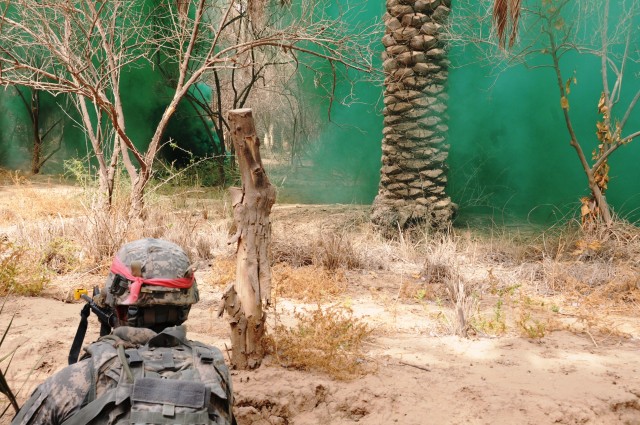
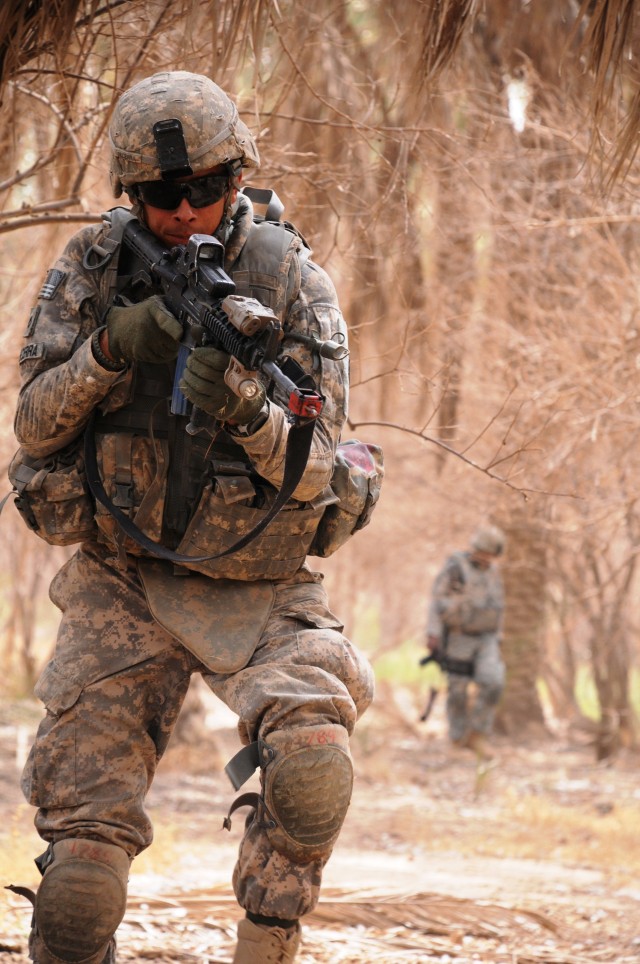
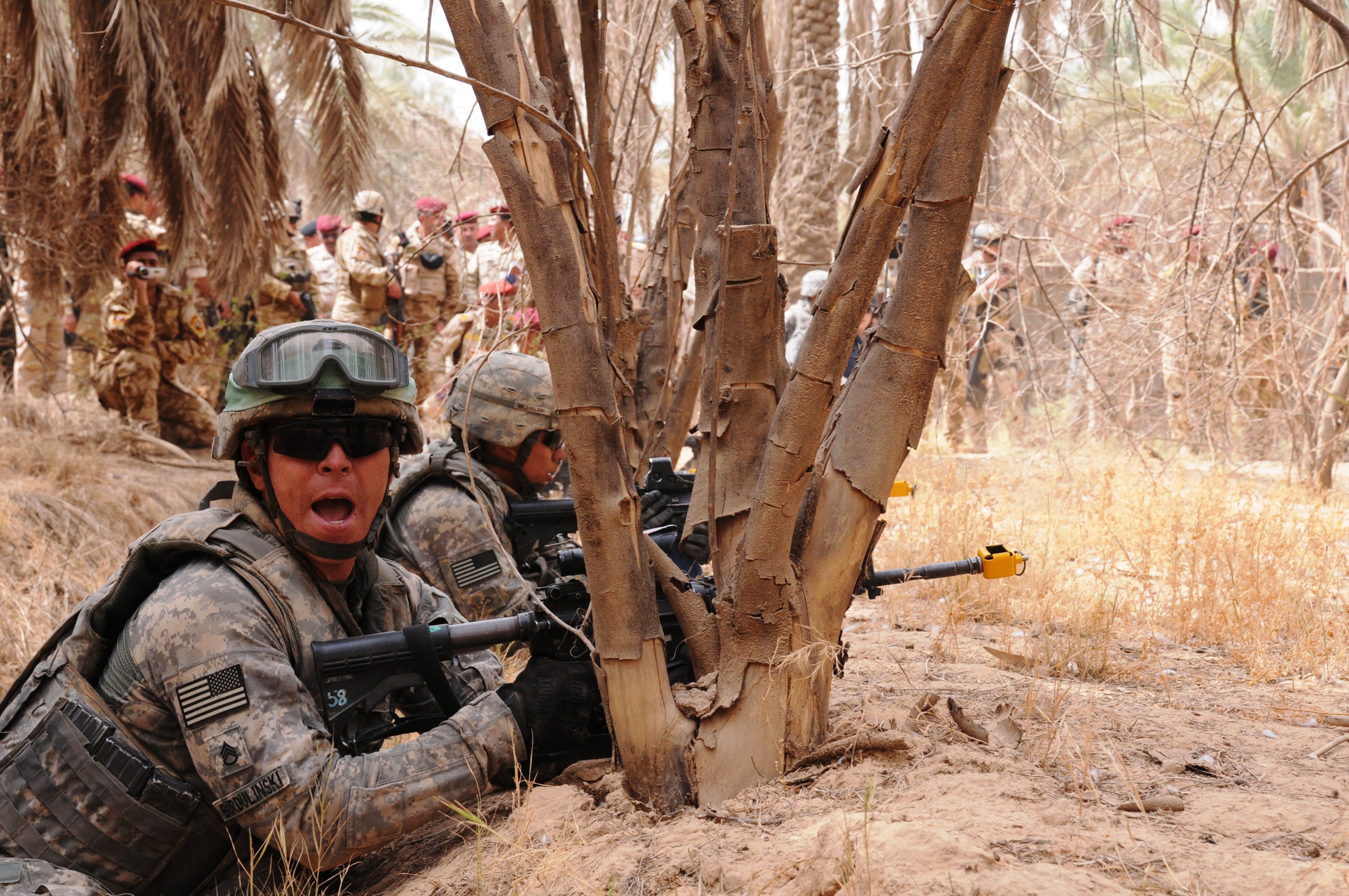
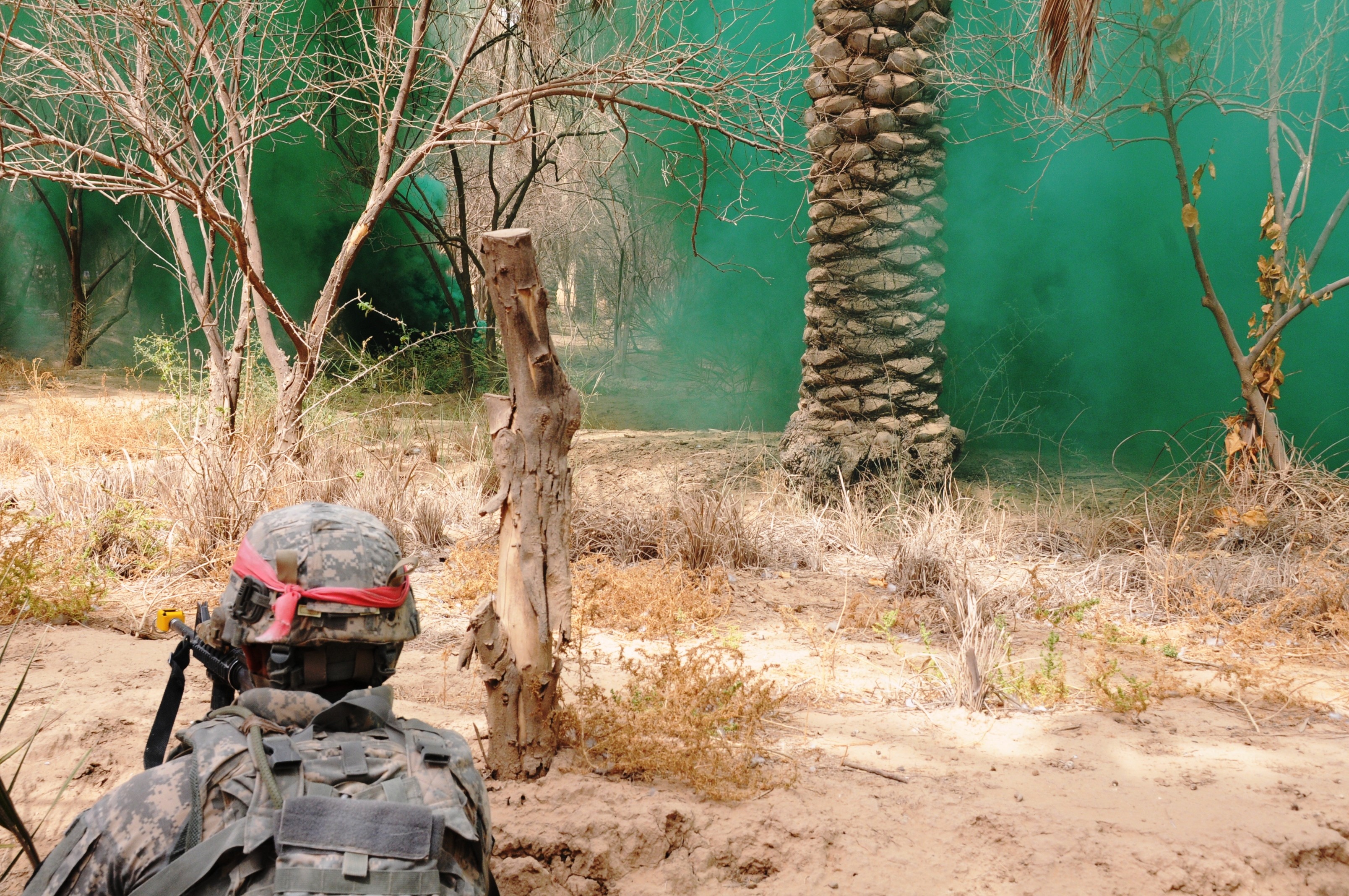
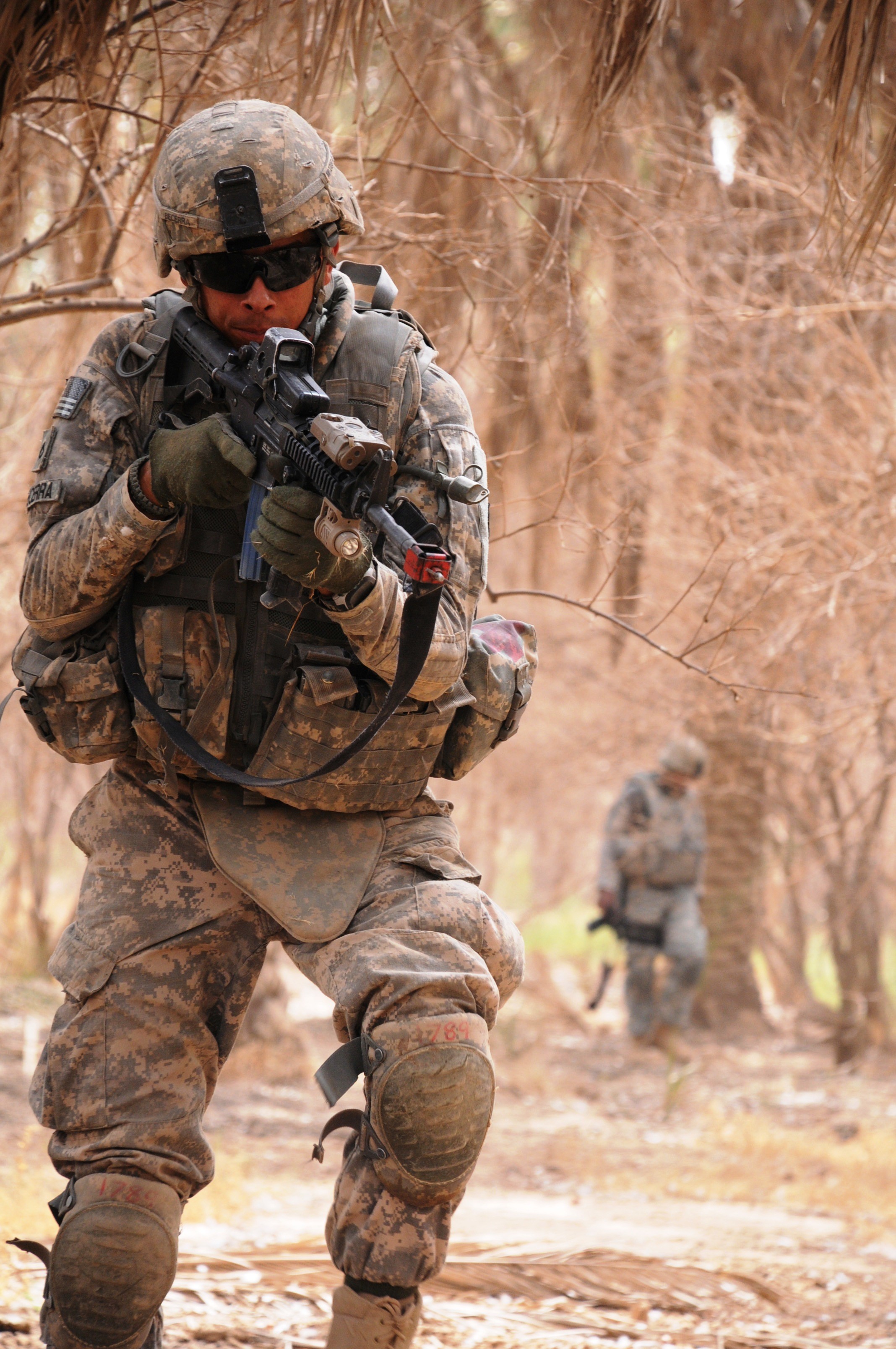
Social Sharing